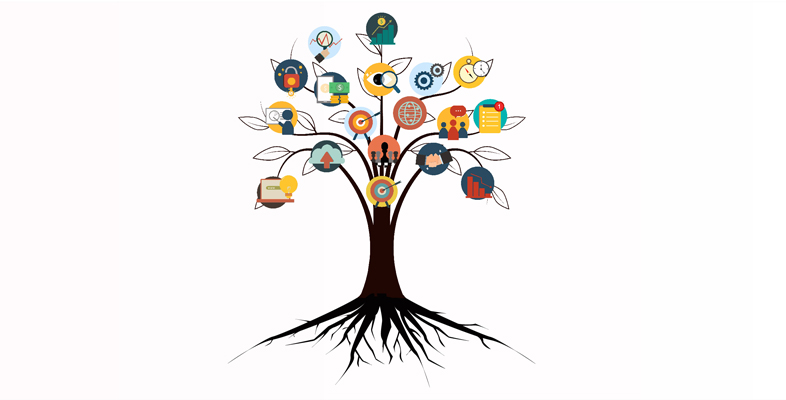1.2 Six types of innovation
There are six types of innovation.
- Product innovation: a novel, tangible artefact, sometimes (but not always) based on new technologies, which may be marketed to organisations or to individual consumers. For example, LED lights were introduced in the early 21st century and are rapidly replacing other types of lighting.
- Service innovation: a novel, intangible activity, sometimes (but not always) based on new technologies, which may be marketed to organisations or to individual consumers. For example, there has been a recent growth in ‘de-cluttering’ services and ‘self-storage’ providers.
- Process innovation: a novel way of creating and/or delivering a product or service. For example, a wider range of business services, such as text translation, are now provided more quickly and cheaply through online providers.
- Organisational innovation: a novel way of arranging the internal structures, procedures or practices of an organisation. This type of innovation is usually intended to improve the performance of organisations (e.g. to reduce costs or to increase efficiency).
Organisational innovations are instances of organisational change that:
- result from a shift in underlying organisational assumptions
- are discontinuous from previous practice
- provide new pathways to creating public value.
- Positional innovation: alters the way people perceive an established organisation, product or process in a specific context. For example, a low-cost supermarket might seek to re-position itself as a more up-market retailer, such as Tesco introducing its ‘Finest’ range, which has resulted in increased profits.
- Paradigm innovation: difficult to distinguish from positional innovation, but refers to a more general change in the way people think about an institution, organisation or a whole category of products and services. For example, public perceptions of tobacco smoking have changed radically since the late 20th century.
Activity 2 Identifying different types of innovation
a.
Product
b.
Service
c.
Process
d.
Organisational
e.
Positional
f.
Paradigm
The correct answers are a and b.
a.
Product
b.
Service
c.
Process
d.
Organisational
e.
Positional
f.
Paradigm
The correct answers are a, b, c and d.
a.
Product
b.
Service
c.
Process
d.
Organisational
e.
Positional
f.
Paradigm
The correct answer is d.
a.
Product
b.
Service
c.
Process
d.
Organisational
e.
Positional
f.
Paradigm
The correct answers are b, c and e.
a.
Product
b.
Service
c.
Process
d.
Organisational
e.
Positional
f.
Paradigm
The correct answers are d and f.
Discussion
It could be considered that all the answers to Question 5 are acceptable, but the first low cost airlines started a paradigm shift. They cut all the exciting features to give customers what they need most at a reasonable price.
